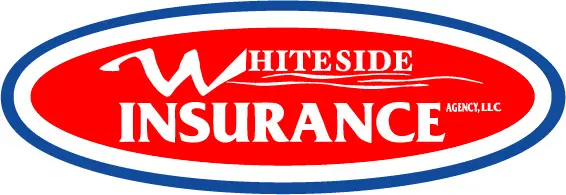Our kids are dying out there on the road. Teens crash three times as often as drivers over the age of 20. Car accidents are the leading cause of death for teenagers. Seven teenagers die behind the wheel of a car every single day. That’s some sobering news.
But we can do something about it.
We can help save lives by talking with our teens about safe driving. There are dozens of safety tips we could talk about with them. The Centers for Disease Control lists eight “Danger Zones” on their excellent parent resource website. (I encourage you to visit it.) But I’m going to limit this article to just five simple rules:
1. Drive a safe car.
The car you drive can save your life.
I’ll bet you didn’t know that there is an organization that evaluates the safety of specific models of cars, vans, mini vans and SUVs each year. It’s the IIHS (Insurance Institute for Highway Safety). Not only do they compile an annual list of the safest vehicles to drive, but they also create a list each year of the safest used cars for teens to drive. Here’s the 2014 list.
You’ll notice that there is a “Best Choices” category, but that can get expensive. After all, many of us can’t afford to shell out $20,000 or more for our kid’s first car. Fortunately, the IIHS also includes a list of “Good Choices,” all for under $10,000. Just keep scrolling down the list until you find that category.
Even if you and your teen can’t afford any of the vehicles on those lists, there are three additional choices that everyone can make, regardless of budget:
- Lower the horsepower. Don’t tempt your teens with speed.
- If it’s an older car, bigger is better. Heavier vehicles are safer.
- Check out the safety ratings for an older car here and here before you buy.
Finally, find out what that vehicle costs to insure. Insurance companies understand safety too. Often, the car insurance rates reflect safety. Safer cars usually mean lower insurance premiums.
2. Slow down.
Speed kills. It’s just that simple.
In over 800 vehicle crashes involving teenage drivers, 21% of the accidents involved teens going too fast. That’s according to a study in the academic journal Accident Analysis and Prevention. You can be the best driver in the world, but it’s still harder to recover from an unexpected bump in the road or an unfamiliar curve when your car is going faster. It’s no insult to your teenager’s ability to drive. It’s just simple physics.
3. Pay attention.
Hang up and drive.
We all know that texting while driving kills people. Plus it’s illegal in most states. But texting is not the only thing that kills our kids. It’s talking on their cell phone. Or laughing and talking with their friends- especially when their friends are in the backseat. Even seemingly safe activities may not be safe while driving. A burger and fries aren’t safe at 65 miles per hour if they spill ketchup on their pants and look down to see how badly it stained.
Anything that’s going on inside the car that takes their eyes off the road could be lethal. Have the talk. Sit down tonight and discuss all the ways that eyes come off the road, and figure out how to keep that from happening. Maybe offer to do it together. A pact. No more texting, calling or eating Big Macs and driving- for either of you. It’s a thought.
4. Scan the road.
Scanning the road doesn’t come naturally.
Most new drivers don’t look much farther ahead than just over the hood of their car. They fail to see what dangers are coming up farther down the road… the car that swerved in front of a delivery truck two hundred yards ahead, or the falling couch from an overloaded trailer. So let’s teach our teens to lift their eyes and look ahead.
We also need to teach our teens how to scan the road side to side. Dangers aren’t always just in front of us. Train your new driver to scan intersections before entering them, and have their foot ready for the brake just in case . They may have the right of way… and still end up dead.
Spend time talking about hypothetical situations. Go to websites that discuss safe driving such as this website. The more we keep the subject of scanning the road in their minds… the more likely it could save their life one day.
5. Buckle up.
This one should go without saying.
Buckling your seat belts is common sense, and it’s the law. But that doesn’t mean your teen buckles up when you aren’t there to watch. A 2012 study by the National Highway Traffic Safety Administration showed that of all teens (age 13-19) in the United States who died in traffic accidents, 55% were not wearing seat belts. Here are the big stats on teen drivers… if you haven’t checked out any other links, this one is worth reading.
Moms and Dads, don’t assume your young adults are buckling up. Ask them. Then tell them that you want them to come home alive tonight.
What’s the next step?
Share this post with a teenager you love.
Make them message you back that they looked at it. Schedule a time to talk about safe driving. Make a pact with them to follow these rules yourself. Changing habits is hard. Having a friend to help makes it easier. Your teen is moving from being “your little kid” to becoming “your adult friend.” Help your friend stay alive.
